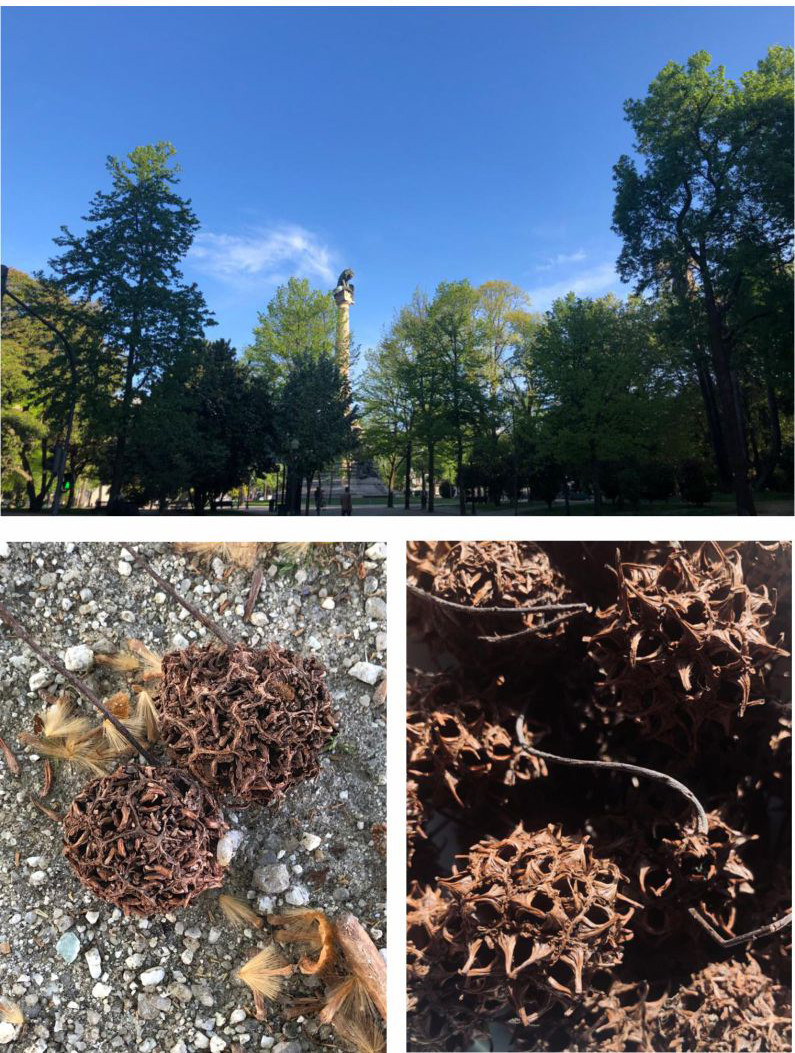
# 0044
Sweet Gum Balls (Liquidambar dry fruit)
Living Thing, Individual Thing, Common, Gathered, Decades
Socio-cultural Data
Historical Uses
Liquidambar is a very ornamental tree, native to Mexico, the United States and mountainous regions of Central America. The name Liquidambar comes from the sap of the plant, which is amber in color, resinous and sweet, and spills in abundance when the trunk or branches are cut or injured. They are grown in deep, acidic soils. It has a single trunk with a conical shaped crown. It is a large tree reaching 20 to 30 meters heigh. The leaves are in a star shape with 5 to 7 points (image 02). These are bright and aromatic. During spring and summer, the leaves are dark green and in autumn the leaves have a wide variety of colors such as light green, yellow, orange and red. A feature that makes this tree so special. In winter, the tree has a more dramatic air with the loss of leaves, however, it allows the passage of light. In the spring the blooms appear, spherical and yellow. These are followed by the fruits, also globose (image 03), covered by thorns and woody when ripe. Each fruit is composed of up to 40 capsules, with one or two seeds each. Liquidambar is an interesting tree for landscaping in large areas such as squares, parks and avenues. They are very resistant to the cold and for this reason, it has adapted easily to other places. It is believed that Liquidambar was introduced in Europe at the end of the 17th century and today it is possible to find it in abundance in Portugal. The liquidambar wood is reddish-brown in color, fine and uniform in texture, relatively hard, heavy and resistant to knocks. It is difficult to dry and wring easily. This wood has a high commercial value and is used for many purposes in the United States, such as furniture, cooperage, boxes, packaging, etc. Sometimes it is sold under the name of satin walnut. It is also used in the plywood industry and for obtaining pulp. In the past, it was imported into Europe and was widely used. However, currently, the wood is used only in its origin place. By making an incision in its trunk, a balm with a smell similar to that of vanilla is obtained, of solid consistency. This is used for medicinal purposes in therapeutic preparations and as a fixative in the manufacture of perfumes. In most countries, such as Spain and Portugal, for example, its main use is in ornamental landscaping due to the variation of leaf colors during autumn.
Historical Uses · Image / Video / Audio (.jpg, .png, .mp4, .mp3 up to 30MB)
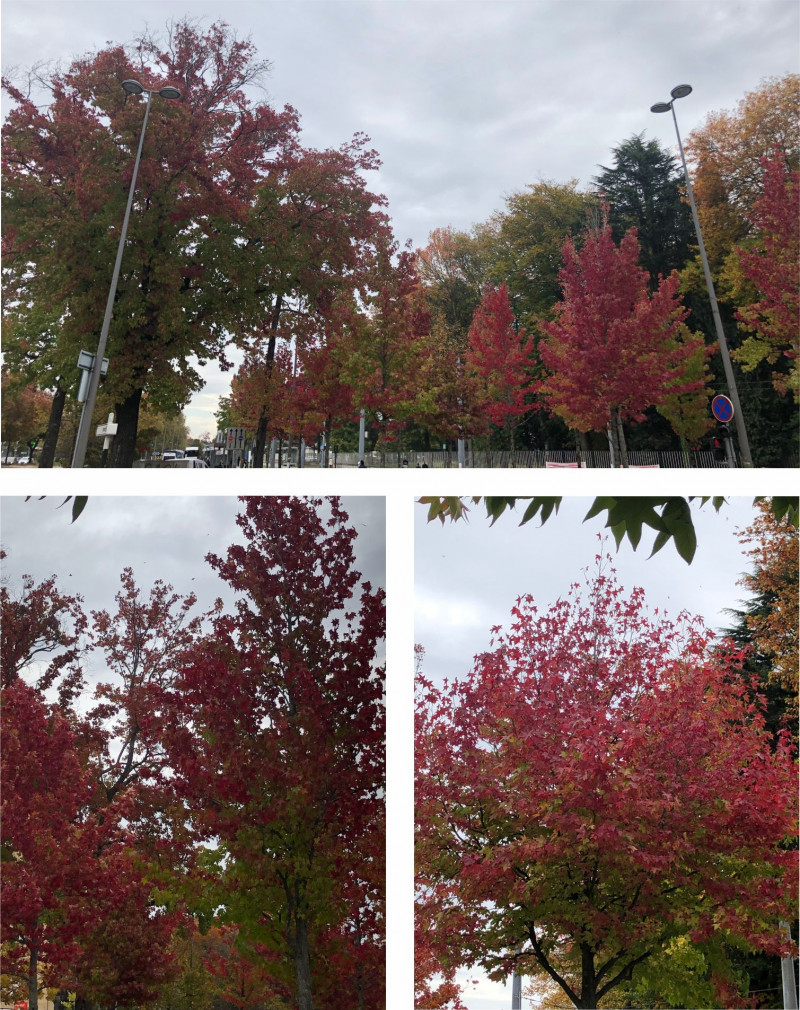
Experimental, near future uses
Liquidambar dried fruits (or bubble gum balls) can be further explored to make interior design pieces such as light fixtures, decorative pieces or even be a compound to manufacture coating materials.
Future Uses · Image / Video / Audio (.jpg, .png, .mp4, .mp3 up to 30MB)
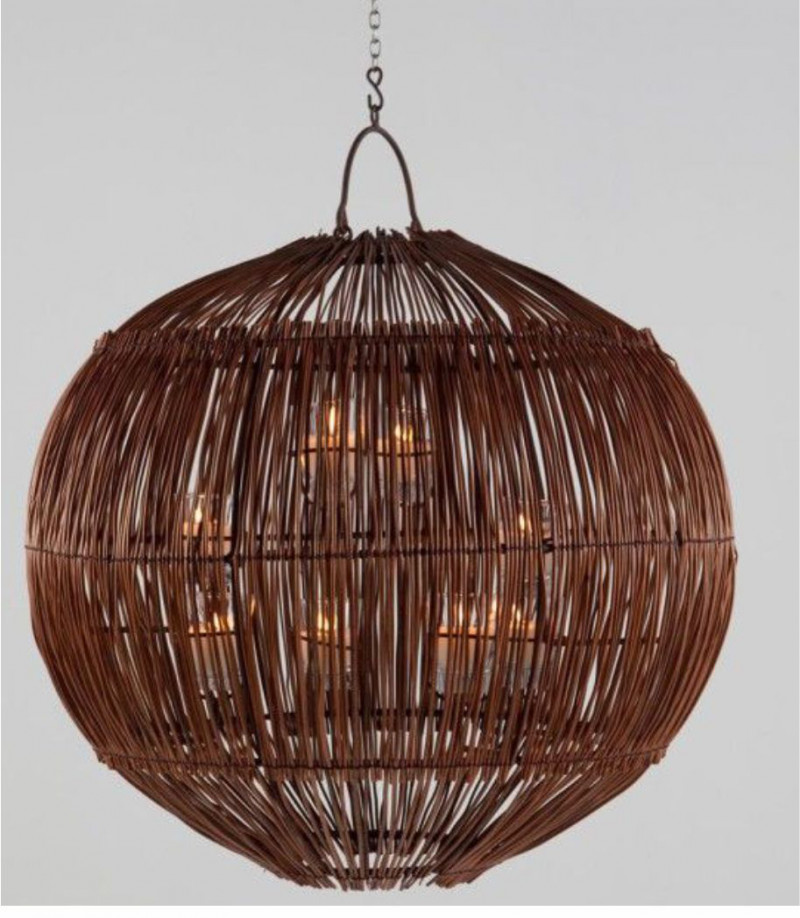
in_situ uses
As already mentioned, the tree is used in the landscaping of large gardens in various parts of the world, with wood being used in various ways at its origin place. If you're up for some experimenting, Liquidambar fruit (or Sweet Gum Balls) can been used to make a tea from boiling the young green seeds. The resulting decoction is known for it is antiviral properties and can be used as a preventative measure against sickness, or as a remedy for the flu. The globe-shaped and also ornate fruits are currently used as decorative elements in garlands and Christmas trees.
Other Fascinating Facts
The common name of this tree, liquidambar, comes from the scientific name of the genus. This scientific name has an origin that produces confusion. Since ancient times, amber has been known as a fossil resin from conifers and widely used in jewelry. In the riverside countries of the eastern part of the Mediterranean Sea, there is a tree that, when cutting wood and bark, exudes a resinous liquid with a pleasant odor, the Arabs call it amber and the Greek styrax. This tree was designated as "Liquidambar orientalis", from the Latin "liqueo", which means to distill and Arabic amber. Later, the tree we are researching was named "Liquidambar styraciflua" from "styrax" and from the Latin word "fluere" which means to flow. Liquidambar comes from liquidus = liquid and amber alluding to the aromatic resin that is obtained from its bark. Styraciflua means rich in gummy substances.
in_situ · Image / Video / Audio (.jpg, .png, .mp4, .mp3 up to 30MB)
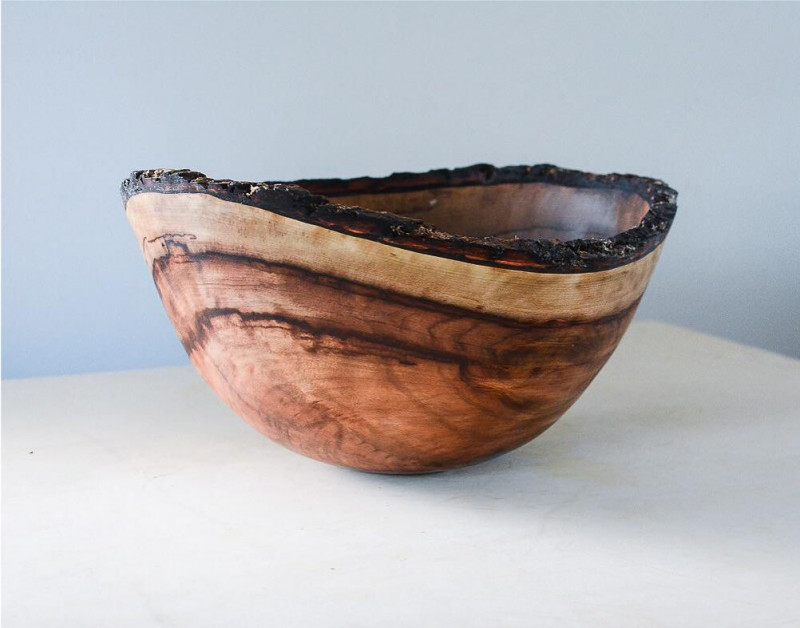
Technical Data
Bio-temporal-geographical Data
Place of Origin · Image / Video / Audio (.jpg, .png, .mp4, .mp3 up to 30MB)
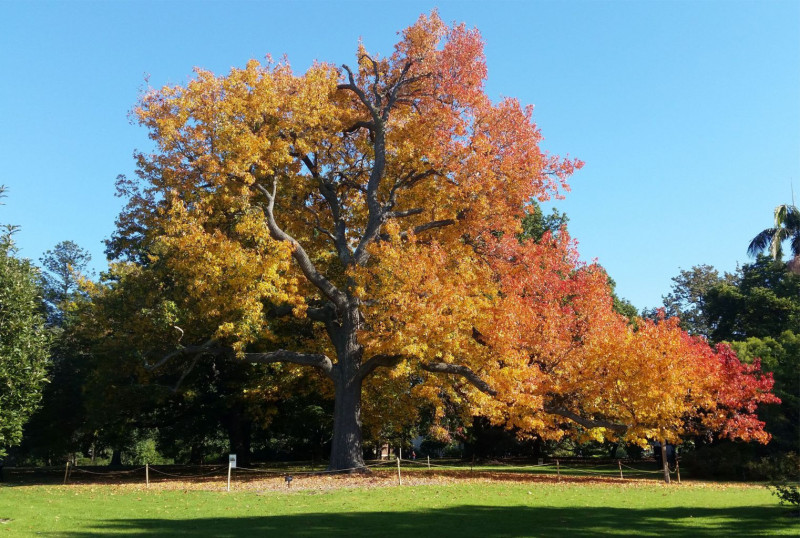
Residence time (How long does the matter/material/artefact stay in an unaltered state in the location/context/system before it decay?)
Decades
How does the item affect the environment in which it exists?
Nourish it
Ontological-cosmological Data
curiosity
How would you like to be with this artefact/material/living thing/matter?
I would like to get involved in researching to find new ways to use this fruit.
How does transforming this artefact/material/living thing/matter transform you?
The fruit of liquidambar made me realize that sometimes things that we look at and don't give importance, it can have many curiosities behind. When we come across something that interests us, we should encourage ourselves to know more about it.
What can humans give back to this artefact/material/living thing/matter?
People should look at this interesting fruit in a different way e give it other purposes.